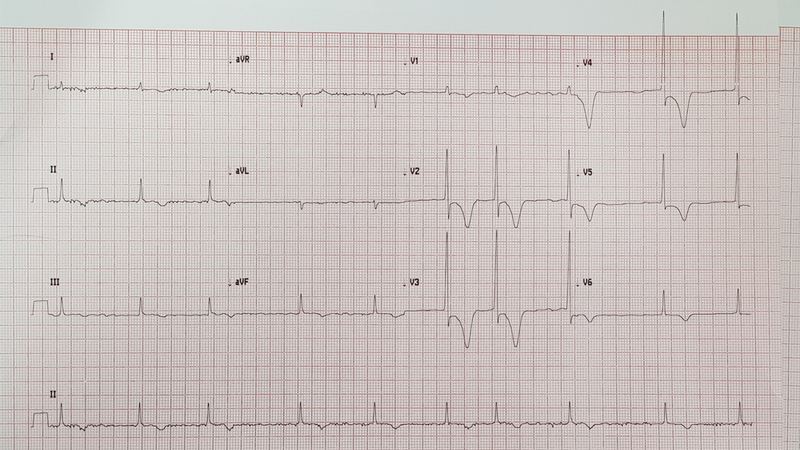A window into the world of cardiomyopathies - imaging provides solutions
EuroEcho 2019 Congress News Dec 17, 2019
“Although each of the different types of cardiomyopathies—dilated, hypertrophic, restrictive, arrhythmogenic, Takotsubo/stress and non-compaction—are relatively rare, overall, they represent a substantial burden to healthcare as they are important causes of sudden cardiac death, heart failure, atrial fibrillation and stroke,” states Professor Nuno Cardim (Hospital da Luz, Lisbon, Portugal).

“As clinical assessment alone cannot provide all the answers that clinicians need to manage cardiomyopathies, imaging provides solutions to clinical questions across the whole disease spectrum, from diagnosis, anatomical and functional characterisation and risk stratification to treatment monitoring, management and follow-up,” says Prof. Cardim.
“An important message from EuroEcho 2019 is that echocardiography remains the first-line imaging technique for all cardiomyopathies, but that the role of echocardiography and that of other techniques is expanding.”
Prof. Cardim explains, “Deformation/strain analysis, specifically global longitudinal strain, is a very promising new tool for all cardiomyopathies. Besides advanced echocardiography, other important advances include the use of cardiovascular magnetic resonance (CMR) in non-ischaemic dilated cardiomyopathy. Beyond left ventricular ejection fraction, CMR can quantify the amount of myocardial fibrosis, which can aid in decisions about the insertion of implantable cardioverter defibrillators in these patients.”
Over the last five years, the EACVI has published several important expert consensus documents in the European Heart Journal – Cardiovascular Imaging, including papers on the use of multimodality imaging in hypertrophic cardiomyopathy,1 arrhythmogenic cardiomyopathy2 and restrictive cardiomyopathies.3 Earlier this year, a consensus document on the role of multimodality imaging in the diagnosis, risk stratification and management of patients with dilated cardiomyopathies was also published.4 The paper provides important information on which techniques should be used for different cases and where there are gaps in the evidence; its recommendations were discussed as part of the teaching course on dilated cardiomyopathy on Wednesday.
“Yesterday, we learnt a lot about the multidisciplinary approach for Takotsubo/stress cardiomyopathy at a Joint Session with the Japanese Society of Echocardiography,” says Prof. Cardim, “and I’m hoping that an imaging consensus document may follow for Takotsubo cardiomyopathy and also for non-compaction cardiomyopathy.”
This article is a news release from EuroEcho 2019 Congress Meeting. Read the original here.
-
Exclusive Write-ups & Webinars by KOLs
-
Daily Quiz by specialty
-
Paid Market Research Surveys
-
Case discussions, News & Journals' summaries